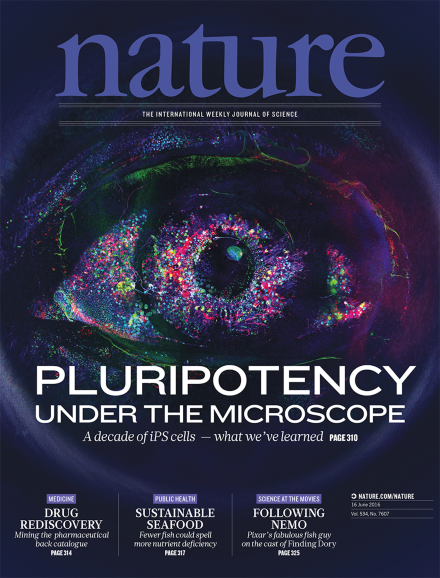Volume 534 Issue 7607, 16 June 2016
Editorial
World View
Research Highlights
Seven Days
News
Correction
News Feature
Comment
Correction
Books & Arts
Correspondence
-
Hail local fieldwork, not just global models
Career Guide:
News & Views
Article
Letter
Technology Feature
-
A simpler twist of fate
Collection:

